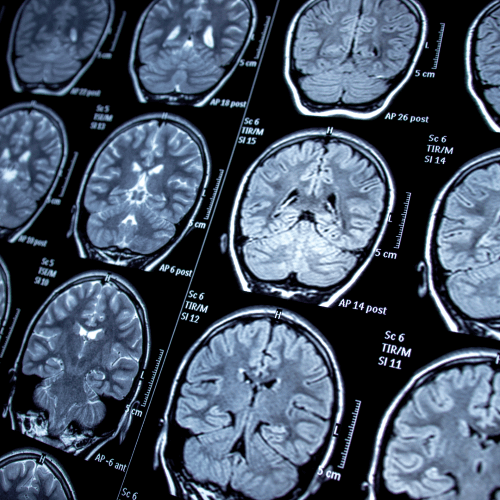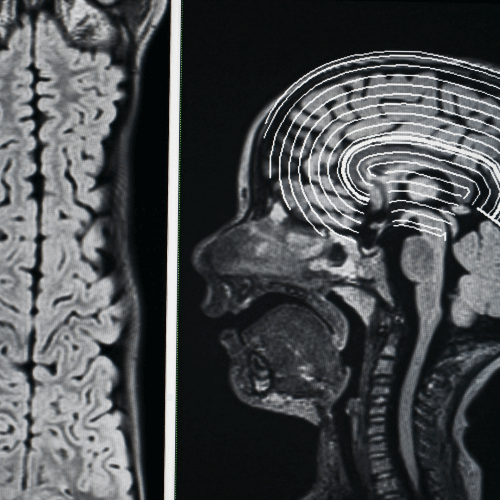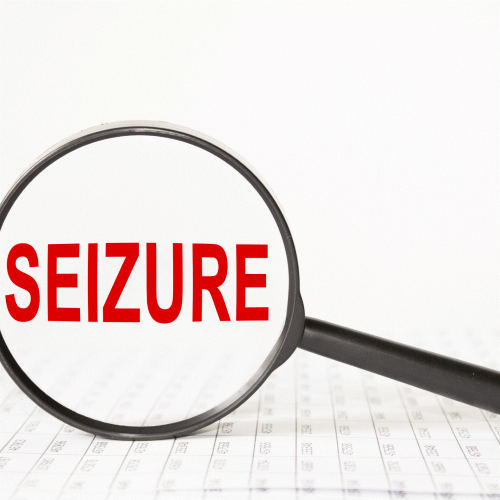A seizure is a physical disturbance in behavior due to an episode of abnormal electrical activity in the brain. In this blog, you will get a brief insight into a seizure, their types, symptoms, causes, diagnosis, and treatment.
What is a seizure?
A seizure is a physical change that occurs in the brain. The terms “seizure” and “convulsion” are frequently interchanged. In convulsions, a person has uncontrollable shaking that is quick and rhythmic, with muscles tightening and relaxing frequently. Seizures have different types.
What are the types of seizures?
There are following three major types of seizures.
- Focal onset seizures
- Generalized onset seizures
- Unknown onset seizures
Focal onset seizures
Focal onset seizures affect only one part of the brain. Partial seizures are another name for this type of seizure. This type of seizure begins in tiny portions of the brain, such as a single lobe, but can spread to other parts of the brain.
Medical doctors distinguish between two types of focal onset seizures: focal aware seizures and focal awareness-impaired seizures.
Generalized onset seizures
 These seizures begin on both sides of the brain at the same time. These are the most prevalent types of generalized onset seizures.
These seizures begin on both sides of the brain at the same time. These are the most prevalent types of generalized onset seizures.
Tonic seizures: Your muscles will tense because of tonic seizures.
Clonic seizures: The convulsions that occur during clonic seizures might cause jerky, unnatural movements of your limbs. During these convulsions, which can last a few minutes, you will most certainly lose consciousness.
Tonic-clonic: These seizures are characterized by a mix of tonic and clonic symptoms.
Myoclonic: During a myoclonic seizure, you may experience sudden muscle spasms. They are usually too brief to affect awareness, and they pass quickly. The onset of myoclonic seizures can be both generalized and localized.
Absence: These seizures are also known as petit mal seizures. The absence seizures are barely a few seconds long. They can make you blink frequently or stare blankly into space. Others might incorrectly believe you’re daydreaming.
Atonic: When you have an atonic seizure, your muscles go limp. It’s possible that your head will nod or that your complete body will fall to the ground. Atonic seizures are only about 15 seconds long. These convulsions are sometimes referred to as “drop attacks.”
Unknown onset seizures
Sometimes no one witnesses the beginning of a seizure. For example, someone may wake up in the middle of the night and observe their partner having a seizure.
This often means there’s insufficient for medical professionals to diagnose the root cause of a seizure. In these instances, they will define the seizure as an unknown onset seizure.
Nerve cells (neurons) in the brain create, send and receive electrical impulses, which allow the brain’s nerve cells to communicate. Anything that disrupts these communication pathways can lead to a seizure. Some types of seizure disorders may be caused by genetic mutations.
Causes of seizure
 Epilepsy is the most prevalent cause of seizures. Epilepsy does not affect everyone who suffers a seizure. Sometimes seizures may be caused or triggered by:
Epilepsy is the most prevalent cause of seizures. Epilepsy does not affect everyone who suffers a seizure. Sometimes seizures may be caused or triggered by:
- High fever, which can be associated with an infection such as meningitis
- Lack of sleep
- Flashing lights, moving patterns, or other visual stimulants
- Low blood sodium (hyponatremia), which can happen with diuretic therapy
- Medications, such as certain pain relievers, antidepressants, or smoking cessation therapies, that lower the seizure threshold
- Head trauma that causes an area of bleeding in the brain
- Abnormalities of the blood vessels in the brain
- Autoimmune disorders, including systemic lupus erythematosus and multiple sclerosis
- Stroke
- Brain tumor
- Use of illegal or recreational drugs, such as amphetamines or cocaine
What are the symptoms of a seizure?
The severity of your symptoms is determined by the type of seizure. General symptoms or warning signs of a seizure can include:
 Staring
Staring- Jerking movements of the arms and legs
- Not responding to noise or words for brief periods
- Appearing confused or in a haze
- Nodding your head rhythmically, when associated with loss of awareness or loss of consciousness
- Periods of rapid eye blinking and staring
- Stiffening of the body
- Loss of consciousness
- Breathing problems or stopping breathing
- Loss of bowel or bladder control
- Falling suddenly for no apparent reason, especially when associated with loss of consciousness
Your lips may become blue, and your breathing may become irregular during the seizure. You may feel tired or confused after the seizure. Seizures might have symptoms that are like those of other illnesses. Make an appointment with your doctor to get a diagnosis.
What’s the difference between epilepsy and seizures?
Individual incidences of unusual electrical activity in the brain are known as seizures. Seizures can be caused by a variety of factors, including one-time events such as a pharmaceutical reaction. Epilepsy, on the other hand, is a long-term neurologic condition that generates seizures regularly.
Individual seizures must be treated for the underlying cause, and it’s crucial to know when to distinguish between a single seizure and epilepsy.
Diagnosis of seizure
 Diagnosing seizure types might be difficult for doctors. Specific tests may be recommended by your doctor to accurately diagnose a seizure and ensure that the therapies they prescribe are effective.
Diagnosing seizure types might be difficult for doctors. Specific tests may be recommended by your doctor to accurately diagnose a seizure and ensure that the therapies they prescribe are effective.
Your doctor will consider your entire medical history as well as the events that led up to the seizure. Migraine, headaches, sleep difficulties, and acute psychological stress, for example, can all lead to seizure-like symptoms.
Other disorders that can induce seizure-like activity may be ruled out by lab tests.
- Blood tests to check for electrolyte imbalances.
- Spinal tap to rule out infection.
- A toxicological examination for the detection of drugs, poisons, or toxins
Your doctor can use an electroencephalogram (EEG) to identify a seizure. This test examines the frequency of your brain waves. Observing brain waves during a seizure can assist your doctor in determining the type of seizure you’re having.
Imaging scans, such as a CT scan or an MRI scan, can also be beneficial since they provide a clear picture of the brain. These scans enable your doctor to detect anomalies such as a tumor or obstructed blood flow.
How are seizures treated?
 Seizures are treated differently depending on the reason. You might be able to prevent future seizures by treating the cause of the seizures. The treatment for seizures due to epilepsy include:
Seizures are treated differently depending on the reason. You might be able to prevent future seizures by treating the cause of the seizures. The treatment for seizures due to epilepsy include:
- Medications
- Brain surgery
- Nerve stimulation
- Diet changes
Nursing Revalidation provides an interactive seizure awareness course. The course will provide practical training in how to cure and help a seizure patient.


